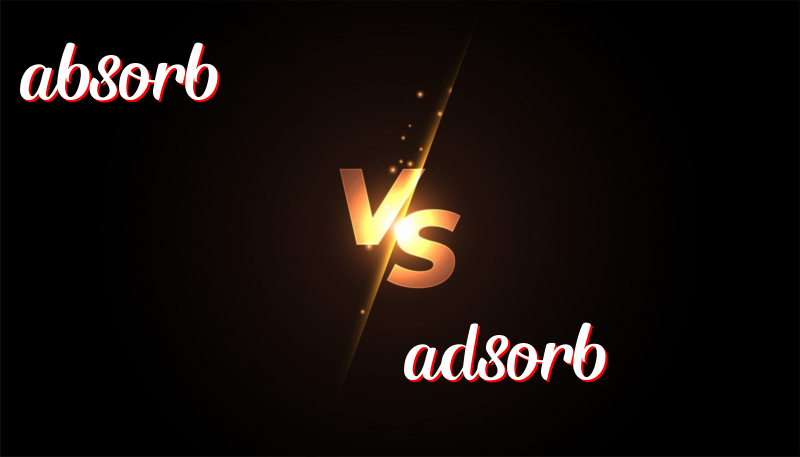Soak It In or Stick It On: Absorb vs. Adsorb Made Easy
Understanding the Difference Between Absorb and Adsorb
History of the Words
The word “absorb” comes from Latin “absorbēre,” which means to swallow up. It has been used in English since the 14th century.
The word “adsorb” is newer and comes from Latin too. It means to stick to the surface. It was first used in English in the 19th century.
How to Use the Words
Absorb: When something takes in a liquid or other substance, we use “absorb.” For example, a sponge absorbs water.
Adsorb: When something holds onto the outside of another thing, we use “adsorb.” For example, charcoal adsorb smells from the air.
Trick to Remember the Difference
Think of “Absorb” with a “b” like “big,” meaning it takes in a lot. Think of “Adsorb” with a “d” like “dust,” meaning it holds things on the surface.
Example Sentences
Absorb
- The towel can absorb a lot of water.
- Plants absorb sunlight to make food.
- The sponge will absorb the spilled juice.
- Books help us absorb knowledge.
- The sky absorbs the colors during sunset.
Adsorb
- The filter can adsorb impurities from the water.
- Clay can adsorb oil from the skin.
- A charcoal bag can adsorb odors from the room.
- Some materials adsorb gas from the air.
- The powder can adsorb moisture.
Summary
In short, “absorb” means to take inside, like a sponge with water. “Adsorb” means to hold on the surface, like charcoal with smells. Remember: “Absorb” (b for big) takes in a lot; “Adsorb” (d for dust) holds on the surface.

Leave a Reply
You must be logged in to post a comment.